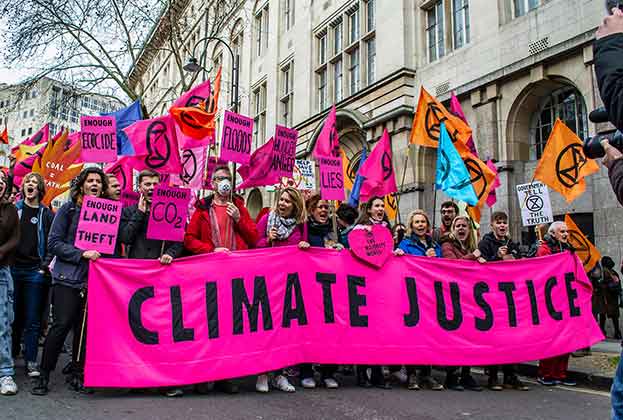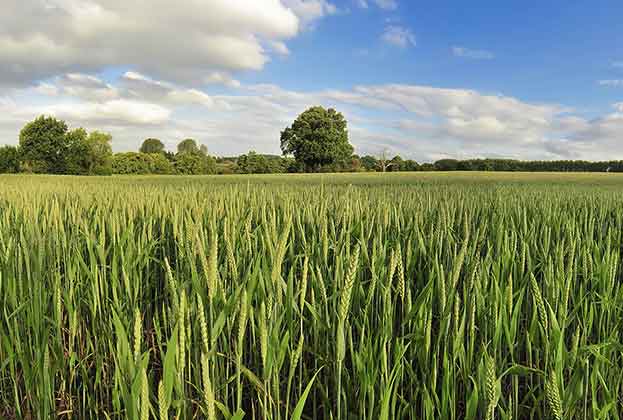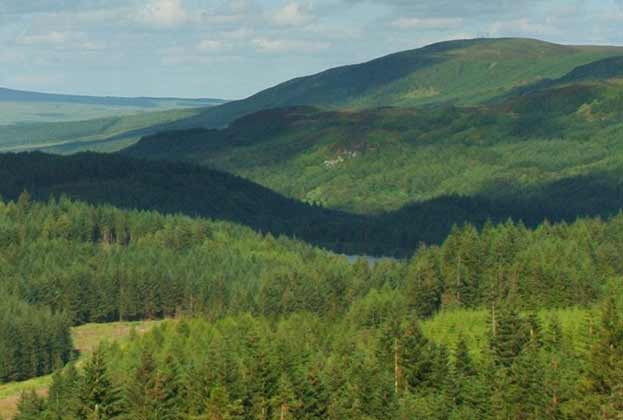With agriculture facing increasing scrutiny over emissions, farmers and land managers should look to measure just how much carbon their holdings produce
Without action and with the continued decline of emissions in other sectors agriculture will become responsible for a larger proportion of the UK’s emissions. Since 1990, agricultural emissions have decreased, however as a proportion of UK emissions, agriculture has increased from 7% to 11%. The sector needs to do more, and the first step is knowing exactly where emissions are coming from through carbon accounting.
WHY
When it comes to net zero, the importance of measuring carbon cannot be understated. Carbon accounting is critical to managing carbon, which will soon be of fundamental importance to the operation of agriculture in the UK.
- Future agriculture policy: public money for public goods may provide investment for climate change mitigation, but the likelihood of a rising compliance baseline is high. Being aware of your own emissions ahead of time and planning accordingly will put your business ahead of the curve.
- Productivity and profitability are strongly correlated with emissions. While some practices will require significant upfront capital, measures that reduce emissions often simultaneously facilitate increases in efficiency and output, leaving the holding better off in the long term.
- Marketing benefits will emerge from successful reductions in emissions but not just from an improved image with consumers. Many processors and brands already realise this and require some form of carbon account from producers.
WHO
The number of free carbon calculators available means anyone can pursue carbon accounting. Any farmer can input the data themselves and obtain results. Given the extensive list of inputs, this may be an arduous task, particularly on large holdings. The challenge is what to do with the results and this is where expert help will be invaluable. Identifying areas where GHG emissions are higher than expected can be carbon and cost efficient.
WHAT
The list of what must be measured initially appears quite extensive, but a majority will already be monitored on a well-managed holding. It goes without saying that the more care and attention that is paid to input data, the more accurate and useful output data will be. From this number, a strategy can be developed. For most calculators, the following information needs to be available:
- Livestock age and numbers
- Annual fuel type and quantity
- Utilities type and quantity
- Assets (buildings, machinery and materials)
- Tonnage of crops harvested
- Fertilisers (chemical and organic)
- Land area and type
- Agro-chemicals
- Imported livestock feed
- Waste and disposal method
- Distribution and refrigeration
- Soil organic matter
- Perennial biomass features

WHERE
Defining the scope of the account is vital. It may look at a product or the whole holding, and may or may not include emissions from let properties or purchases. A whole holding approach captures all emissions on a farm to give a tCO2e per hectare measurement, which can be used for benchmarking to track the holding’s progress over time and highlight areas where emissions can be reduced, or sequestration increased. The Farm Carbon Cutting Toolkit is one example of a whole holding calculator.
This approach is not appropriate if the measurement is to be used further along the supply chain. For this, a product footprint is more appropriate. Only data relevant to the product is measured, meaning fewer inputs, but any carbon sequestered on the farm is also omitted. Retailers can incorporate this figure in a final measure of the carbon emitted delivering the product to the shelf, which is of increasing interest to consumers. The Cool Farm Tool can be used to calculate a product’s carbon footprint.
Precisely where to stop measuring is often misunderstood and can lead to 'double counting'. For example, if a holding were to sequester carbon through a tree planting initiative and sell the carbon credits, it cannot include that carbon in its own carbon account. Instead, the price paid for those carbon credits can be reinvested for compounding gains. Furthermore, benchmarking is ordinarily limited to emissions that occur within the farm gate but being aware of those occurring beyond may still affect business decisions, such as carbon embodied in fertiliser.
WHEN
A carbon account should be conducted annually at the same time each year. Crucially, the process should continue on a long-term basis as many changes made will be relatively small and not immediately noticeable. Indeed, extenuating circumstances outside of a land manager’s control may entirely outweigh changes made and result in an increase in GHG emissions. But the journey to net zero is not a short one and significant benefits will be realised over time.
Read the articles within Spotlight: Rural Land and Carbon below.
.jpg)


